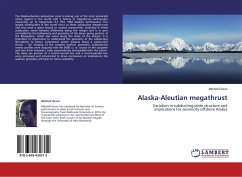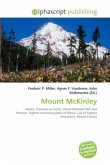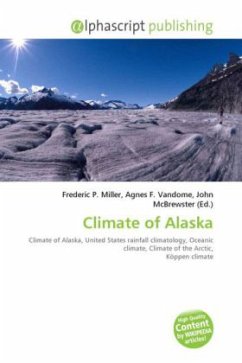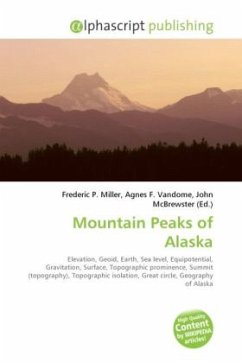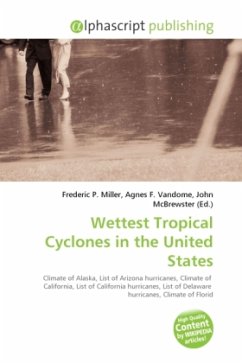The Alaska-Aleutian subduction zone is among one of the most seismically active regions in the world with a history of megathrust earthquakes measuring up to Magnitude 9.2 (The 1964 Alaskan Earthquake). The largest earthquakes in the world occur at these subduction megathrusts and thus pose a great hazard to coastal communities. Seismicity in these subduction zones behaves differently along the margin and is in part controlled by the bathymetry and geometry of the down going portion of the lithosphere, which also varies along the strike of the margin. It is therefore of importance to understand the geometry of the subducting lithosphere to better understand seismic hazards along a subduction thrust. -- For imaging of the complex seafloor geometry, multichannel seismic profiles were acquired with the 6600 cu. in. source of the Langseth and two 8 km streamers, both perpendicular and parallel with the trench. The deep sea portion of a trench-normal line and a trench-parallel line were processed and interpreted to draw conclusions on implications the seafloor geometry will have on future seismicity.
Bitte wählen Sie Ihr Anliegen aus.
Rechnungen
Retourenschein anfordern
Bestellstatus
Storno

